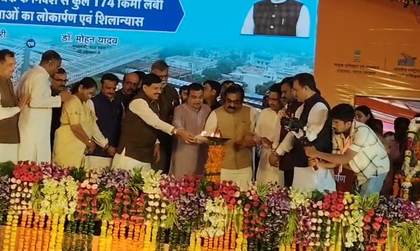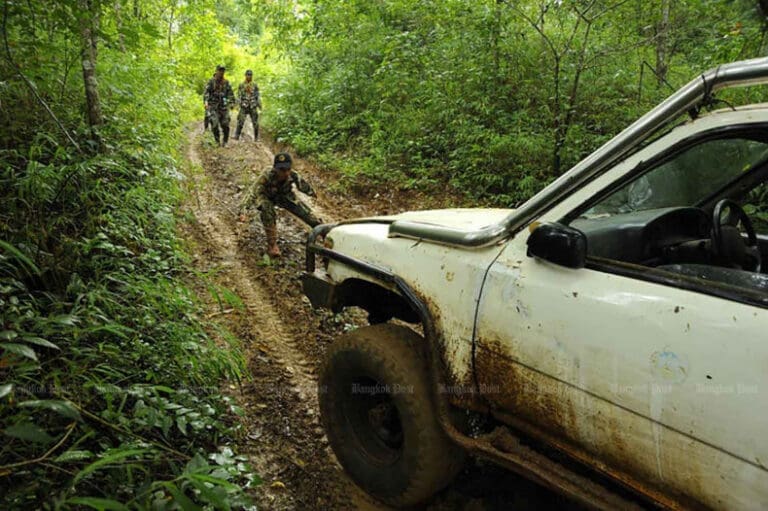Bhopal Jabalpur tiger corridor
The Bhopal Jabalpur tiger corridor was announced with fanfare, wrapped inside a Rs 3 lakh crore (US$36 billion) infrastructure blitz for Madhya Pradesh. At its core: a Rs 5,500 crore (US$660 million) route linking Kanha, Panna, Bandhavgarh, and Pench.
Ministers hail it as a “game-changer for eco-tourism.” But corridors on paper rarely translate into protection on the ground. Every road, highway, and expressway built nearby slices habitat further. Tigers do not need four-lane highways. They need undisturbed forests.
Madhya Pradesh already records India’s highest tiger deaths. Adding concrete and traffic under the pretense of connectivity will accelerate decline, not conservation. Gadkari’s plan also announced multiple mega highways: Bhopal–Jabalpur, Indore–Bhopal, Lakhnadaun–Raipur, and more—billions of rupees, billions of reasons for contractors, little for wildlife.
The Bhopal Jabalpur tiger corridor may sound like progress. In reality, it risks becoming another false promise—one where infrastructure thrives and tigers vanish in silence.




